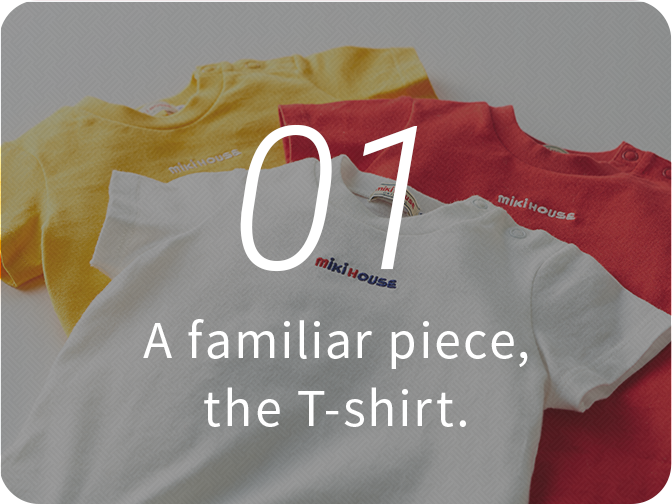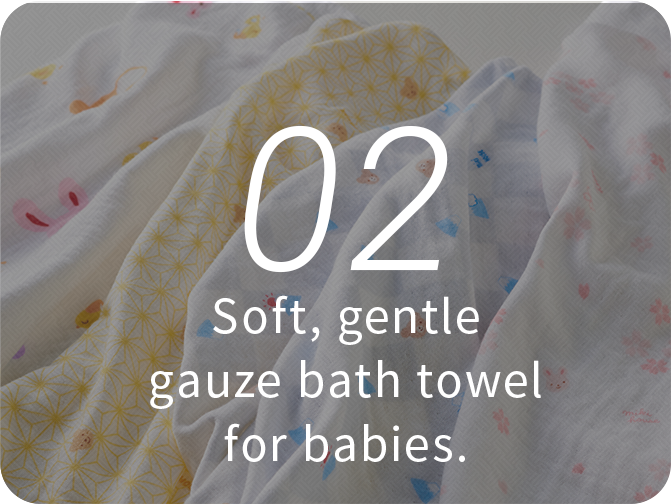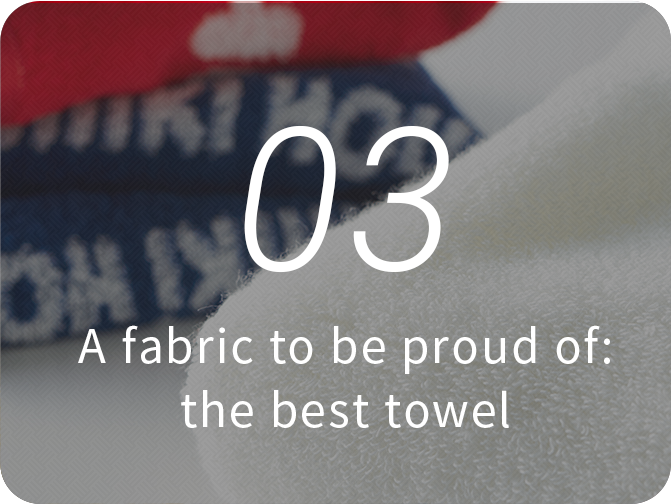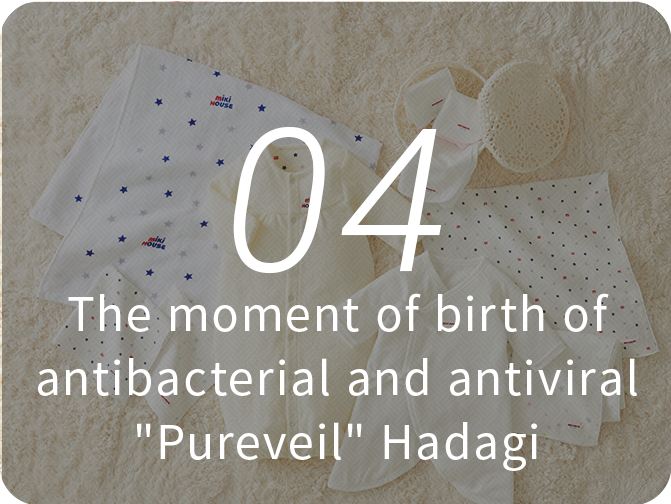“There are three key points that I learned to take care for in creating the MIKI HOUSE knits: that there is no scratchy feeling when wearing the knit; that each item is clean and colorful in the MIKI HOUSE style; and that, since each product is for children, it is easy to launder. No matter how cute or outstanding the design in the sweaters and knit caps, if the fabric is scratchy or itchy when the child wears it, it becomes stressful for them.”
“Texture is a never ending concern for knitwear,” says Sone.
Many have the impression that with wool sweaters or knit caps, an itchy texture is unavoidable. This is due to thicker fibers in the wool and also the scales on the surface of the fibers becoming splintered. When these splintered scales come in contact with the skin it causes a reaction. It raised the questions, “What is the best way to craft knitwear that is comfortable for children?”
There is also another issue that needed to be overcome: how to create a product that was easy to clean by hand at home while staying true to the MIKI HOUSE design and beautiful colors. Thanks to the knowledge and experience of Hanano and Sone, they found their solution in a wool and acrylic blended fiber.
By using an acrylic fiber without scaling on the surface, the itchy texture is reduced, it becomes hand-washable, and most importantly, vivid colors can be produced. The next step was for Sone and his team to attempt to dye a 50% wool/50% acrylic blend fiber that was already being produced. However, the appearance and color they hoped for was not produced. This would not pass MIKI HOUSE standards. They decided they needed to make something new. This was the beginning of a round of trial and error for Sone and his team.
“We researched alongside a factory we work closely with and we finally landed on a 60% wool, 40% acrylic blended fabric. Using Australian high-quality merino wool “Superfine” blended with Japanese premium acrylic, we were able to maintain the warmth of wool and the ease of use of acrylic. We created a fabric just as we had hoped, voluminous with little to no itch,” says Sone.
Thanks to this independently developed fiber, children were able to comfortably wear MIKI HOUSE sweaters and parents could easily handle the care, creating a huge merit for the products.


























